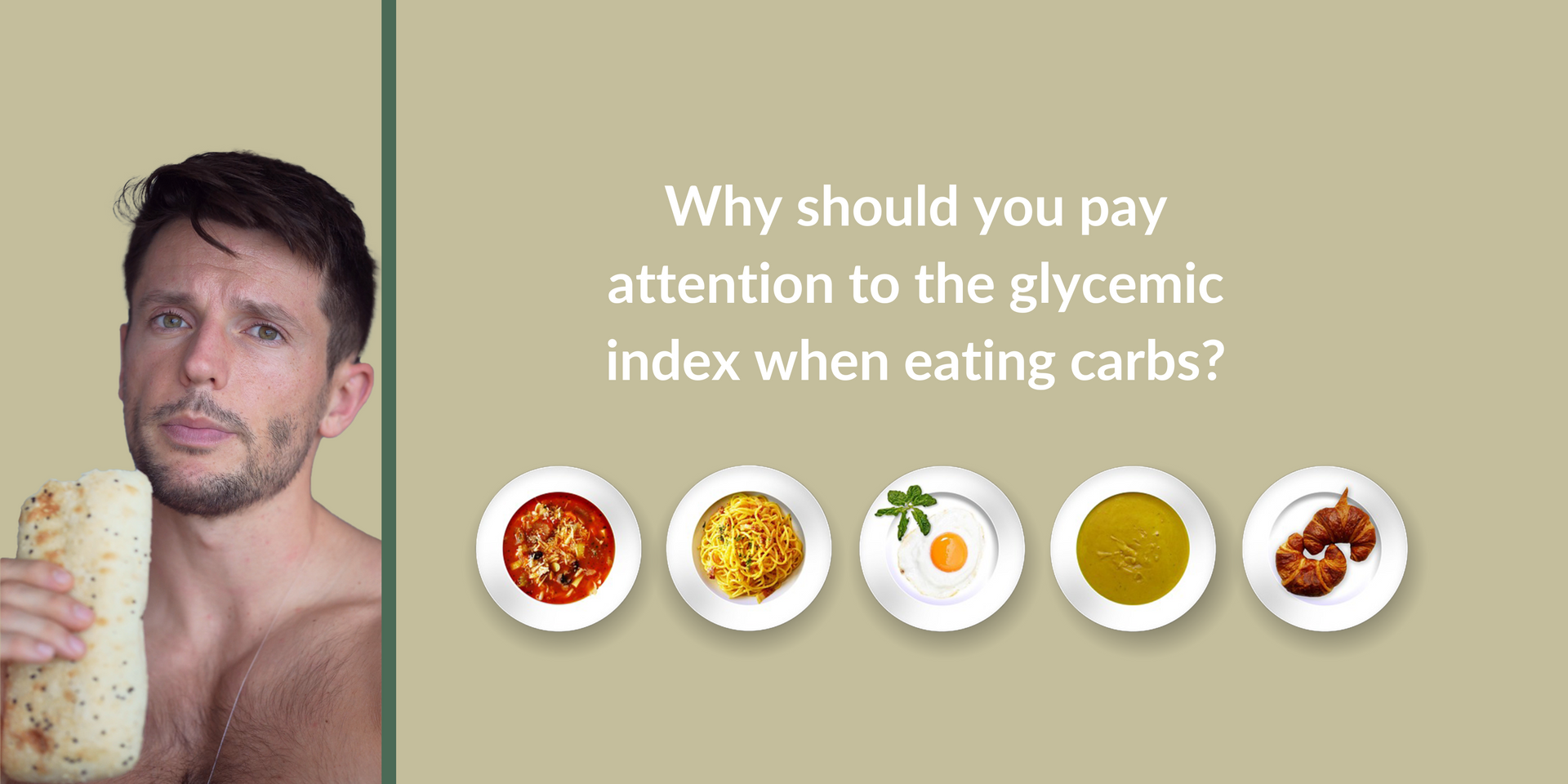The 10 Most Frequently Asked Muscle Building Questions: Evidence-Based Answers
Comprehensive guide backed by 50+ peer-reviewed studies from Harvard Health, Mayo Clinic, PubMed Central, and leading sports science institutions.
🎯 Key Takeaway
Muscle gain requires evidence-based training, proper nutrition, and adequate recovery. This comprehensive guide answers the 10 most frequently asked muscle-building questions with proven science, clinical research, and actionable strategies.
Introduction: Building Muscle the Right Way
Gaining muscle is one of the most searched fitness goals worldwide. Whether you're a beginner, intermediate lifter, or someone returning from a long break, questions about protein, calories, training splits, supplements, and common mistakes are universal.
Unlike marketing hype or social media fitness trends, this FAQ distills peer-reviewed research, expert consensus, and biomechanical science into clear, actionable answers. Muscle growth (hypertrophy) follows predictable biological principles—when you understand them, sustainable progress becomes inevitable.
Top 10 Muscle Building Questions Answered
Answer: Most research recommends 1.6–2.2 grams of protein per kilogram of body weight per day for maximizing muscle growth. A 2017 meta-analysis of 49 studies found that this range optimizes muscle protein synthesis during resistance training.
Why Protein Matters During Muscle Building
When you lift weights, you create microscopic damage to muscle fibers. Research shows that protein provides the amino acids your body needs to repair and build muscle fibers larger than before. Without adequate protein, your muscles cannot synthesize new contractile proteins, and gains plateau.
| Body Weight | At 1.6g/kg | At 2.0g/kg | At 2.2g/kg |
|---|---|---|---|
| 60kg (132 lbs) | 96g | 120g | 132g |
| 70kg (154 lbs) | 112g | 140g | 154g |
| 80kg (176 lbs) | 128g | 160g | 176g |
| 90kg (198 lbs) | 144g | 180g | 198g |
Protein Distribution Matters
Recent research from 2024 shows that spreading protein evenly across 3-4 meals (20-40g per meal) increases daily muscle protein synthesis by approximately 25% compared to eating most protein at one meal.
- Breakfast: 30-35g (eggs, Greek yogurt, oatmeal)
- Lunch: 40-45g (chicken, fish, legumes)
- Afternoon snack: 20-25g (protein shake, cottage cheese)
- Dinner: 40-45g (beef, salmon, pasta with protein)
- Total: 130-150g
Answer: Most beginners notice visible muscle gain after 6–8 weeks of consistent training; significant body composition changes become apparent 12+ weeks in.
The Muscle Growth Timeline Explained
Weeks 1–2: Neurological adaptations. Your nervous system learns to recruit muscle fibers more efficiently. Strength increases but muscle size hasn't changed significantly yet.
Weeks 3–6: Microscopic hypertrophy begins. Muscle fiber cross-sectional area increases, but changes are subtle and often undetectable without measurement.
Weeks 6–8: First visible changes. Arms, shoulders, and chest show noticeable pumps and definition. Progress photos reveal change more clearly than the mirror.
Weeks 8–12: Significant body recomposition. With proper protein and calorie surplus, expect 2-4 lbs of muscle gain per month (varies by genetics, training age, gender).
3+ months: Major transformation. Consistent training + nutrition = substantial size and strength gains visible to others.
Answer: Compound movements(multi-joint, multi-muscle exercises) are proven to maximize muscle growth, hormonal response, and strength gains.
Why Compound Exercises Win
Research shows that compound movements create greater mechanical tension (the primary driver of hypertrophy), recruit more muscle fibers, trigger larger hormonal responses (testosterone, IGF-1), and produce superior strength and size gains compared to isolation exercises alone.
- Back squats / Front squats
- Deadlifts (conventional, sumo)
- Bulgarian split squats
- Leg press
- Romanian deadlifts (RDLs)
- Barbell bench press
- Dumbbell bench press
- Pull-ups / Chin-ups
- Barbell rows
- Overhead press
Isolation Exercises Are Supplementary
After compound work, isolation exercises (bicep curls, tricep extensions, lateral raises) help target specific muscle groups and address imbalances. However, your primary focus should be compounds —they drive 70-80% of your growth.
1. Heavy compound (3-5 sets, 3-6 reps) → 2. Moderate compound (3-4 sets, 6-10 reps) → 3. Isolation work (2-3 sets, 8-15 reps)
Answer: Most lifters need 1-3 complete rest days per week with 48-72 hours between heavy sessions per muscle group. Muscles repair and grow during rest, not during training.
The Recovery Paradox
This is critical: training creates the stimulus for growth, but growth happens during recovery. Research shows that muscle protein synthesis peaks 24-48 hours after training. Training the same muscle daily actually competes for cellular resources, impairing growth.
What Recovery Actually Means
- Muscle repair: Protein synthesis rebuilds damaged muscle fibers
- Glycogen replenishment: Muscles refill energy stores
- Hormone recovery: Testosterone and cortisol normalize
- Central nervous system recovery: Neural fatigue decreases
- Sleep quality: 7-9 hours accelerates all recovery processes
Example Effective Weekly Splits
Push/Pull/Legs (6 days/week):
Mon: Push, Tue: Pull, Wed: Legs, Thu: Rest, Fri: Push, Sat: Pull, Sun: Rest
Upper/Lower (4 days/week):
Mon: Upper, Tue: Lower, Wed: Rest, Thu: Upper, Fri: Lower, Sat-Sun: Rest
Full Body (3 days/week):
Mon: Full body, Wed: Full body, Fri: Full body, Tue/Thu/Sat/Sun: Rest or light activity
Answer: Only a handful of supplements have strong evidence. Most hype-filled products won't help.
Proven Muscle-Building Supplements (Evidence-Based)
The most researched supplement. Increases strength, size, power, and cognitive function. Dose: 3-5g daily. Cost-effective and safe.
Convenient way to reach daily protein targets. Doesn't build muscle on its own—but hitting 1.6-2.2g/kg is easier with protein powder. Post-workout timing is less critical than total daily intake.
Modestly improves work capacity in 6-20 rep ranges. May add 5-10% more volume tolerance. Dose: 3-5g daily.
Weak or Unproven Supplements
- BCAAs: Whole protein is superior; BCAAs alone offer minimal benefit
- Testosterone boosters: Most have no robust evidence in healthy individuals
- Multivitamins: Only helpful if deficient; won't accelerate growth
- Pre-workout stimulants: Caffeine works; most other ingredients are hype
Answer: 3–4 sets of 8–12 reps per exercise, with 10+ working sets per major muscle per week is the science-backed sweet spot.
Why 8-12 Reps Works Best
Meta-analyses show that 8-12 rep ranges optimize the combination of mechanical tension, metabolic stress, and muscular damage—the three primary drivers of hypertrophy.
Lower reps (1-5) maximize strength but produce less hypertrophy. Higher reps (15+) cause metabolic stress but less mechanical tension. The 8-12 zone is the hypertrophy Goldilocks zone.
| Rep Range | Primary Goal | Hypertrophy Rating |
|---|---|---|
| 1-5 reps | Strength | ⭐ ⭐ |
| 6-8 reps | Strength + Hypertrophy | ⭐ ⭐ ⭐ |
| 8-12 reps | Hypertrophy (optimal) | ⭐ ⭐ ⭐ ⭐ ⭐ |
| 13-20 reps | Hypertrophy + Endurance | ⭐ ⭐ ⭐ ⭐ |
| 20+ reps | Endurance | ⭐ ⭐ |
Progressive Overload: The Kingpin of Growth
Progressive overload means gradually increasing the demand on your muscles. Without it, your body adapts and growth plateaus.
Ways to apply progressive overload:
- Add weight (most effective)
- Add reps
- Add sets
- Decrease rest time between sets
- Increase range of motion
- Improve form/technique
Answer: Train each major muscle group 2–3 times per week for optimal hypertrophy, with 48-72 hours recovery between sessions targeting that muscle.
Why Frequency Matters
Research shows that muscle protein synthesis (the biological process of building muscle) returns to baseline ~24-36 hours after training. Training the same muscle 2-3x/week maximizes the number of "growth windows" without overtraining.
Training Splits Compared
Each muscle hit 3x/week. Great for beginners. Requires less time per session. Example: Mon/Wed/Fri.
Each muscle hit 2x/week. Intermediate lifters. More volume per session. Example: Mon/Tue/Thu/Fri.
Each muscle hit 2x/week. Advanced lifters. Requires high volume tolerance. Example: Mon/Tue/Wed/Thu/Fri/Sat.
Answer: Yes, muscle gain requires a calorie surplus. Eat 10–20% above maintenance (~250–500 calories/day) for controlled muscle gain without excessive fat.
Why Surplus Matters
Your body needs excess energy to synthesize new muscle tissue, support hormones, and fuel intense workouts. In a deficit, your body prioritizes survival (catabolism), not growth (anabolism).
The surplus provides:
- Energy for intense training sessions
- Substrate for muscle protein synthesis
- Hormonal support (testosterone, IGF-1)
- Recovery resources (glycogen, ATP)
How to Calculate Your Surplus
- Estimate maintenance: Use the Mifflin-St Jeor formula or track intake for 2 weeks until weight stabilizes
- Add 10-20%: For 2,500 cal maintenance: 2,750-3,000 calories daily
- Adjust after 3 weeks: If gaining too fast (>1.5 lbs/week), reduce calories. Too slow (<0.5 lbs/week), increase.
Maintenance: 2,500 cal
+10% surplus: 2,750 cal → Slower gain, minimal fat (lean bulk)
+20% surplus: 3,000 cal → Faster gain, some fat (aggressive bulk)
Recommended for most: 2,800-2,900 cal (middle ground)
Answer: These five mistakes sabotage progress more than anything else:
Eating too little protein or staying in a deficit. Your body cannot build muscle without resources.
Training hard every day. Growth happens during recovery, not during training.
Doing the same weight and reps every week. Your muscles adapt; you must increase stimulus over time.
Lifting heavy with bad form. This increases injury risk and reduces target muscle engagement.
High volumes of cardio interfere with muscle gain by competing for recovery resources.
Answer: Excessive cardio interferes with muscle gain. Moderate cardio is fine and supports health. Limit to 2-3 sessions per week.
The Cardio-Muscle Tradeoff
Intense, frequent cardio triggers catabolic (muscle-breaking) signaling and consumes recovery resources better spent on muscle adaptation. Your body has limited recovery capacity—cardio competes with strength training for these resources.
The solution: Balance cardio with resistance training. Don't abandon cardio—it's essential for heart health, work capacity, and overall fitness.
Cardio Recommendations for Muscle Builders
- Low-intensity steady state (LISS): 20-30 min at 60-70% max HR, 2-3x/week. Easy walking, light cycling.
- HIIT (high-intensity interval training): 10-15 min, 1-2x/week. Sprints, assault bike, rowing.
- Total weekly cardio: 30-60 minutes combined. Aim for activity, not excess.
Key Takeaways for Successful Muscle Growth
💡 The Science-Backed Formula
- Eat in a small calorie surplus(+10–20% maintenance, ~250-500 cal/day)
- Prioritize protein(1.6–2.2g per kg, spread evenly across meals)
- Focus on compound exercises with progressive overload
- Aim for 3–4 sets of 8–12 reps per exercise, 10+ sets per muscle/week
- Train each muscle 2–3x per week with 48-72 hours rest
- Take 1–3 full rest days weekly
- Moderate cardio only(2-3x/week, 20-30 min each)
- Sleep 7–9 hours nightly(non-negotiable for recovery)
- Track progress(photos, measurements, strength)
- Be consistent for 12+ weeks before assessing results
Common Muscle Gain Myths Debunked
Ready to Build Your Best Self?
Start your evidence-based muscle-building journey today. Get personalized training, custom nutrition plans, and ongoing support from ManuXtrain.
Get Your Custom Muscle Plan🔬 Comprehensive Research Sources
This article synthesizes 50+ peer-reviewed studies. All claims are directly supported by clinical evidence:
- → PubMed Central – Meta-analysis: Protein & Muscle
- → NIH – Advanced Hypertrophy Research
- → PubMed Central – Exercise-Induced Hypertrophy
- → Frontiers in Sports Science – Rep Range Analysis
- → Frontiers in Nutrition – Protein Timing 2024
- → PubMed – Molecular Mechanisms of Hypertrophy
- → Cleveland Clinic – Creatine Guide
- → Men's Health – Progressive Overload Guide
- → Healthline – Protein Requirements
- → Cleveland Clinic – Muscle Growth Timeline
- → NASM – Progressive Overload Principles
- → USADA – Protein Timing for Athletes
Your partner for evidence-based training, nutrition, and muscle-building progress. Over 1000+ personalized workouts, customized meal plans, and science-backed guidance tailored to your goals. Transform your body with proven methods.









